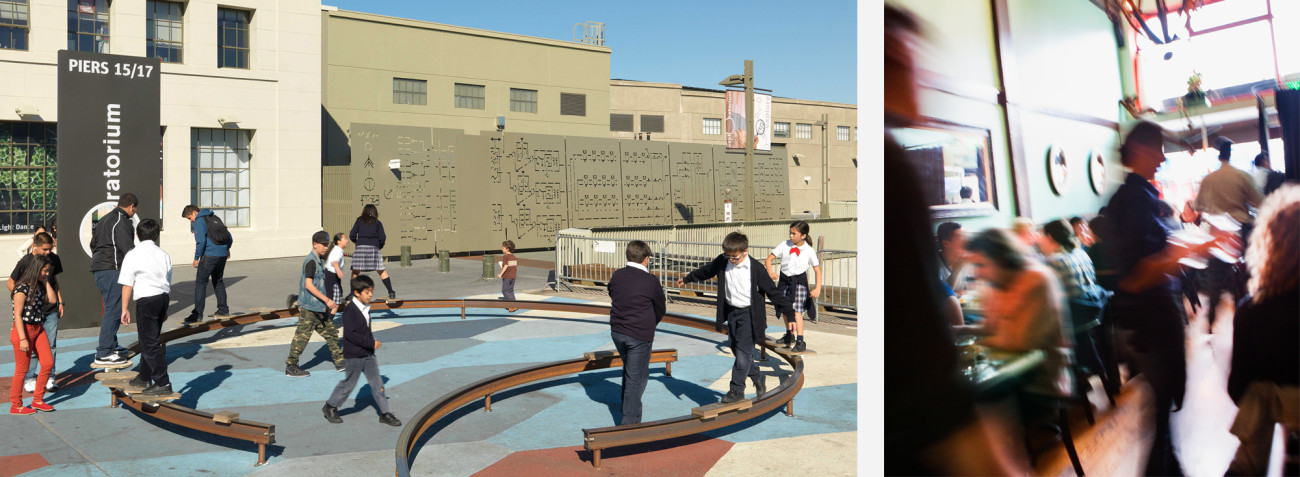If we fear wealthy newcomers who drive up rents and alter neighborhood character, can we keep them out of San Francisco by making it difficult to build more housing?
The problem with that strategy is that rich people, like water, always find their way. They just pay more for what’s already here.
Without new housing supply — including reasonable density near transit for middle-class residents — we’re destined to become a city of the super-rich, the subsidized poor and the lucky few who secured cheap housing years ago and can afford to say no to change.
Wanting to preserve the San Francisco we remember is understandable. But we risk losing residents like Brian Lee, 33, who grew up here and is married with a baby on the way.
Lee defines quality of life as being able to commute to work without driving, grab take-out that excites the palate, enjoy a kid-friendly park and have options for a date night with his wife. The areas where all those amenities exist (like the Mission or Castro) are too expensive due to intense housing demand.
That’s why Lee wishes the neighborhoods he might afford — the Richmond and Sunset — were willing to offer what his generation is looking for.
“A lot of San Francisco feels frozen in time,” Lee said. “Where I lived as a kid in the Richmond is exactly the same. Westside neighborhoods need a facelift. But there’s too much reluctance to modernize San Francisco.”
There are hip Westside pockets (Inner Sunset, Judah Street between 44th and 46th avenues, stretches of Clement Street). But housing is scarce because existing height limits are underutilized along Judah, Taraval and Irving streets where there’s often just a single story of retail along a Muni line.
Note we’re talking about existing limits — four or five stories — not high-rises. The “no wall on the waterfront” movement shouldn’t have to fight a wall on the westside.
Imagine if we had built middle-class condos above vibrant retail on transit corridors like Judah, Taraval and Geary Boulevard — and a subway tunnel under Geary from the ocean to downtown. We might keep more young families in San Francisco.
But Lee is moving to San Mateo, a once-sleepy suburb that’s quickly embracing today’s demographic shifts. He recently bought a home in a mixed-use development next to a Caltrain station.
The Bay Meadows project combines housing, offices and retail with open space. It also hosts community events like summer movies in the park with a night market and food trucks.
Most of Lee’s neighbors are in their 30s and — surprise — 60s. What’s good for millennials also appeals to baby boomers downsizing to a more convenient and stimulating urban lifestyle in retirement.
“There’s not enough of this new type of housing for the growing demand,” said Marcus Clarke, San Mateo’s economic development manager. “We saw the trend and moved to capture it. Now Bay Meadows is selling like hotcakes.”
By contrast, there was opposition when some seniors in San Francisco’s West Portal (served by three Muni lines) called for allowing a few stories of condos above the business district.
Maybe they’ll retire to San Mateo. The competition from Peninsula cities can be good for the region.
“It allows fluidity, allows choice and takes pressure off the housing market,” said Jeffery Tumlin, a transportation consultant who advises San Mateo. “If moving out of San Francisco gives someone more quality of life, then I’m glad for them.”
Still, Lee wouldn’t leave if he didn’t have to.
“San Francisco will eventually have to change,” Lee said. “But I’m not single anymore and my child is on the way. I can’t wait for San Francisco.”
Read the original story here.
